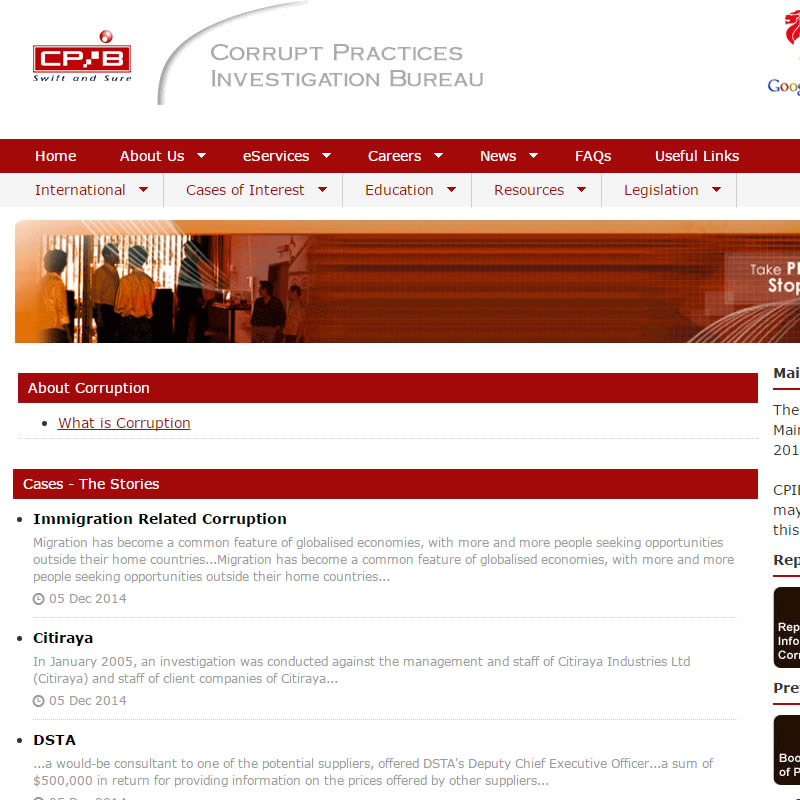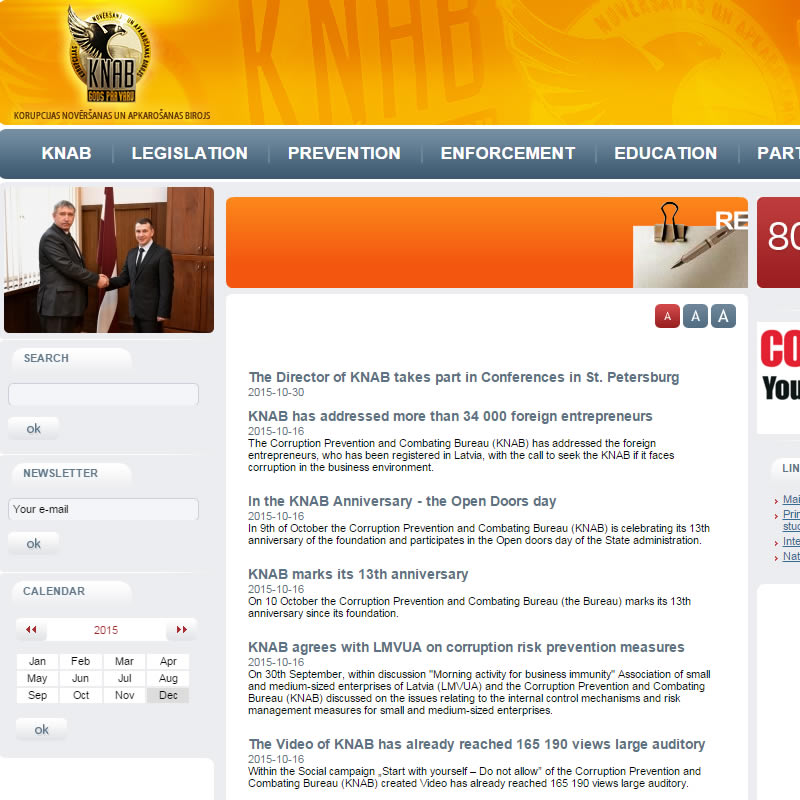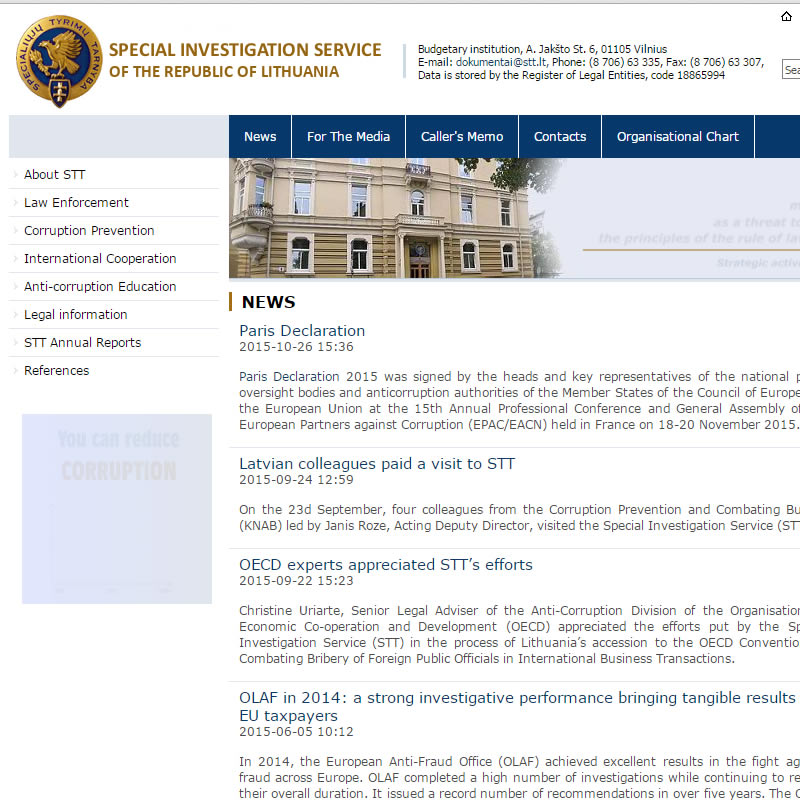Good practices and lessons learned
 CASE STUDY
CASE STUDY
 CASE STUDY
CASE STUDY
Organizational level
KAA: Structure of the Agency
Description of situation found
The agency was designed according to the independent, multi-task anti-corruption agency model (commonly identified with the Hong Kong Independent Commission Against Corruption, ICAC, and the Singapore Corrupt Practices Investigation Bureau, CPIB). In Central Europe, the model exists in Lithuania, in the Special Investigation Service (SIS), and Latvia, in the Corruption Prevention and Combating Bureau (KNAB) (Specialized Anti-Corruption Institutions: Review of Models, OECD, 2007). The model is organized along a classic three-pronged approach: investigation, prevention, and education. Compared to other multi-task ACAs, some elements restrict its mandate; the agency should not perform criminal investigations (elaborated later in the report), only administrative investigations for suspected cases of corruption where no criminal proceedings are to be initiated, (otherwise the case should be transferred to the Prosecutor’s Office). On the other hand, there are concerns about the agency’s independence (see below in the report).



